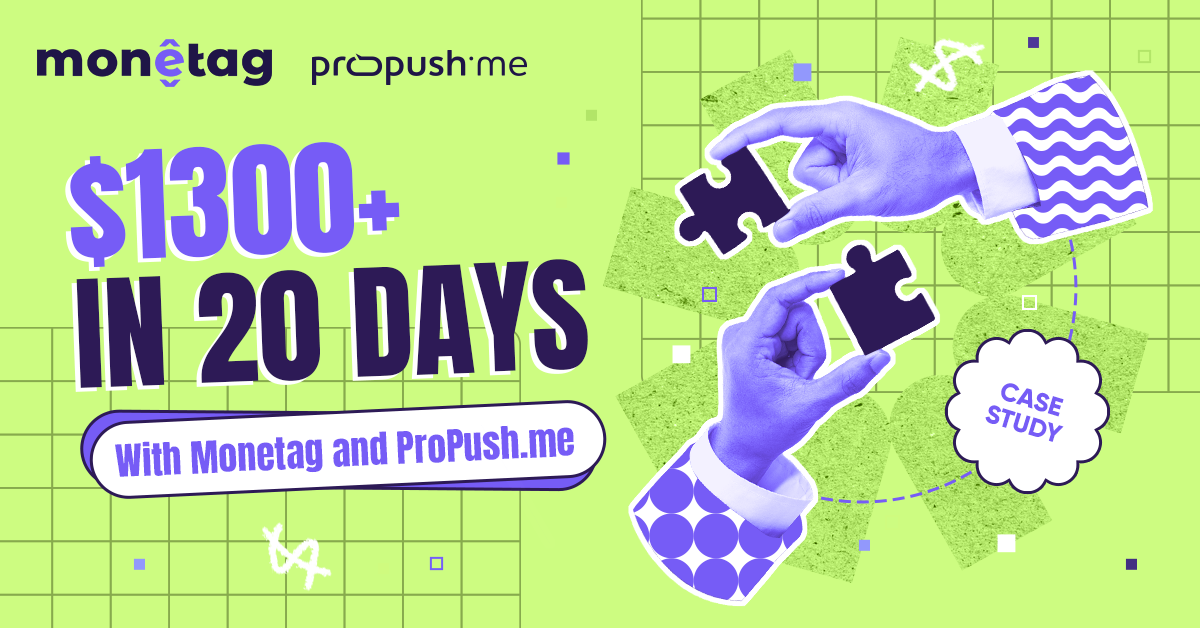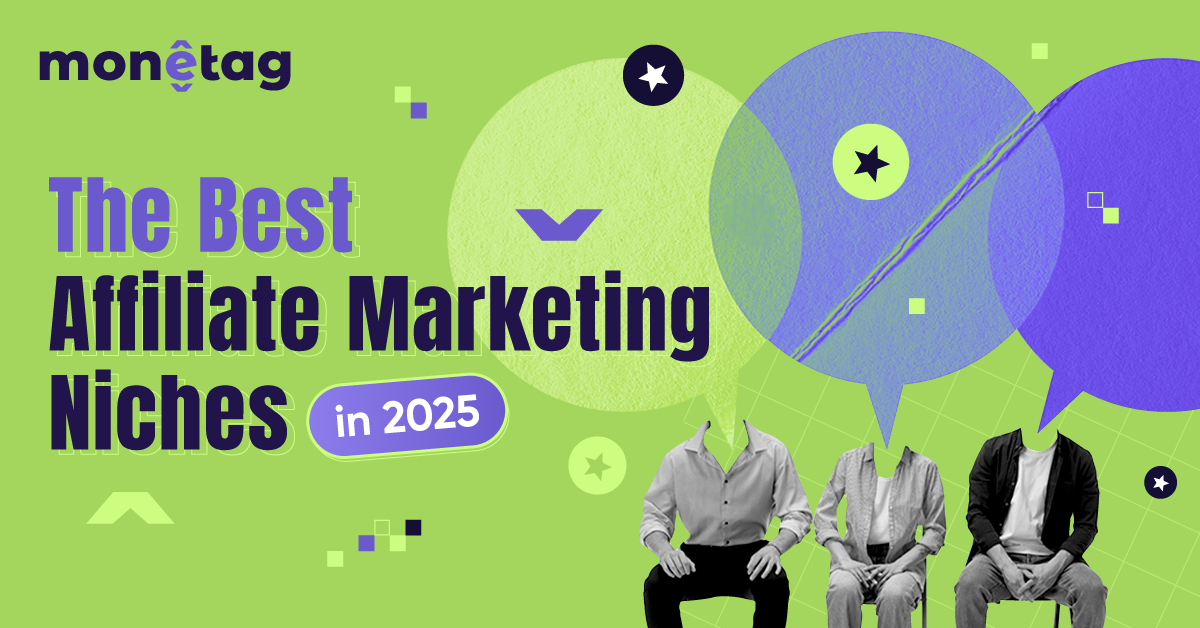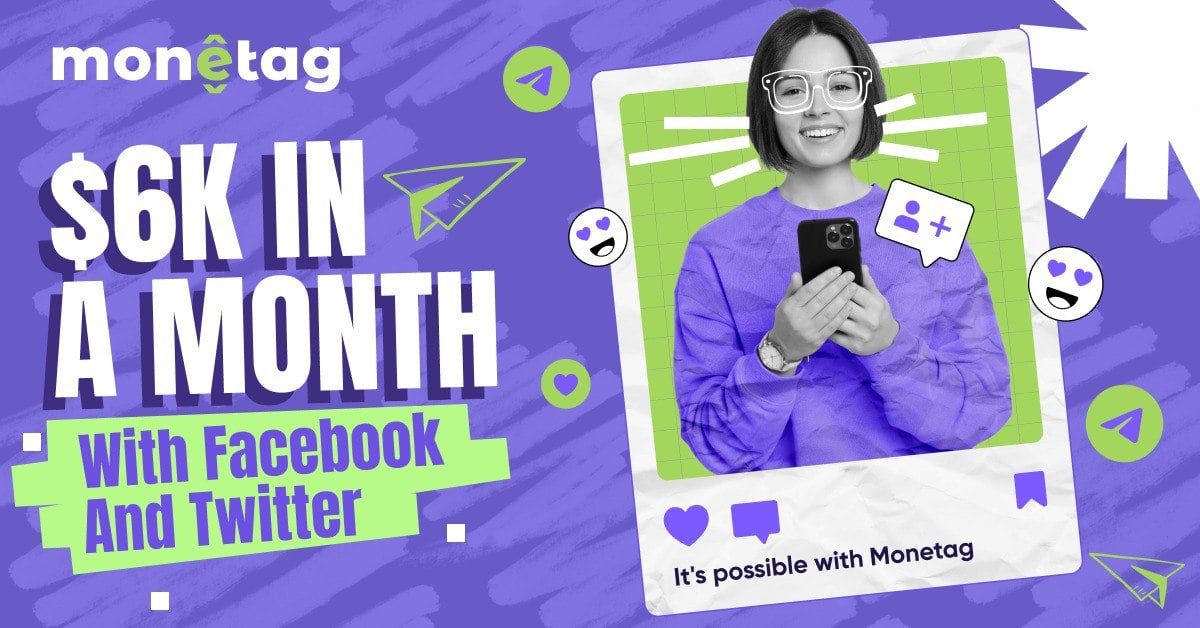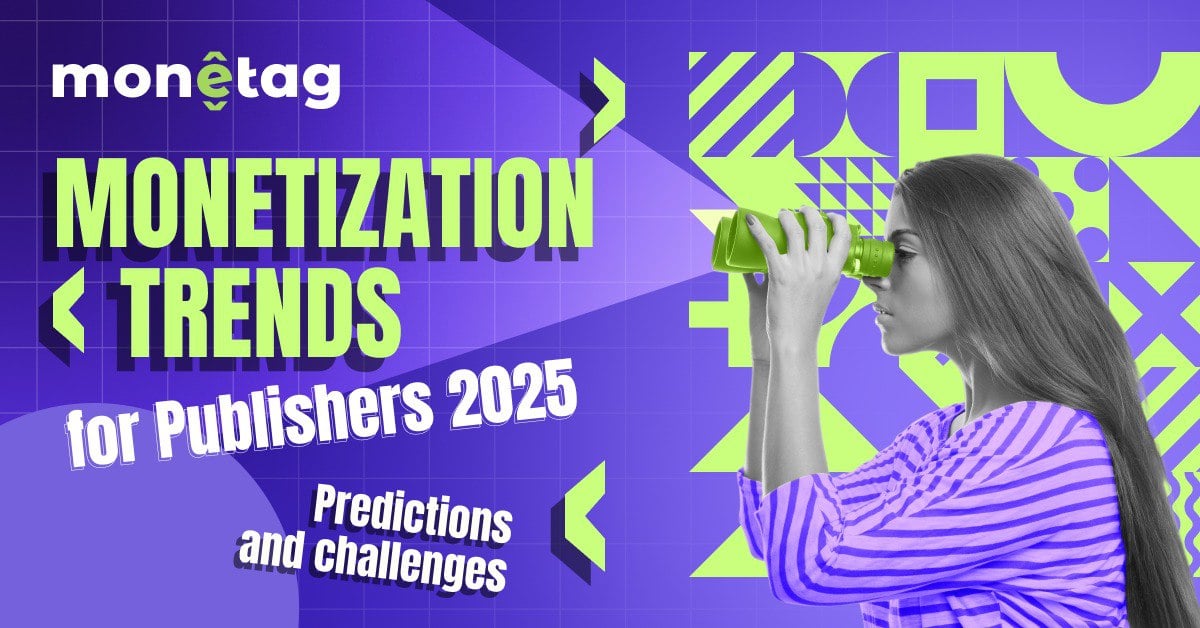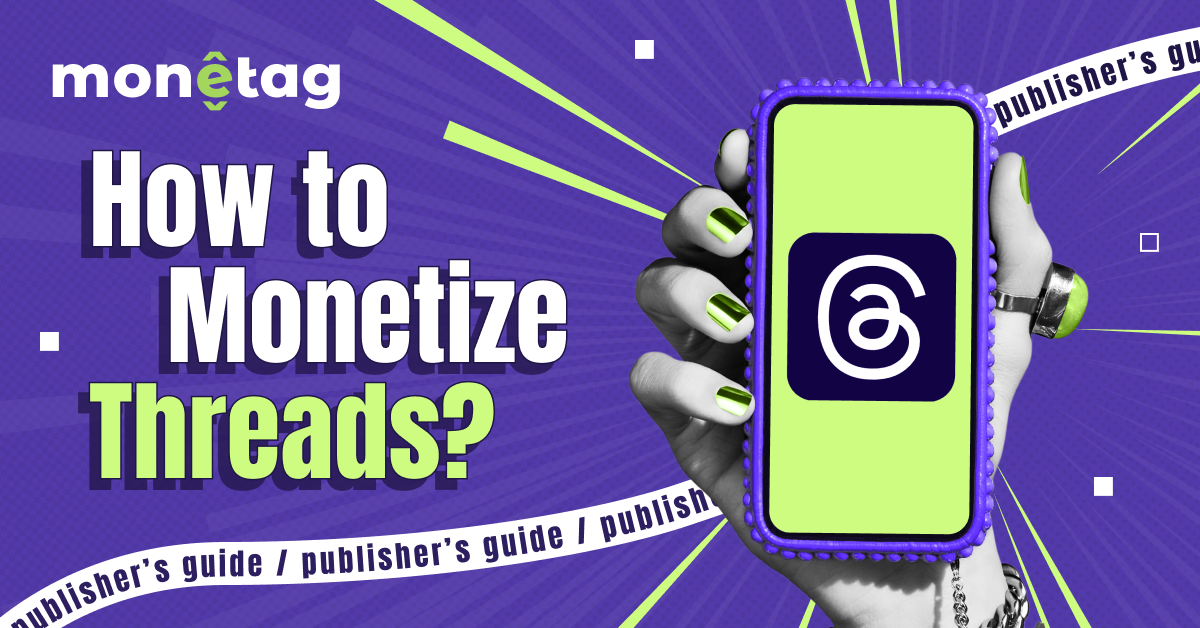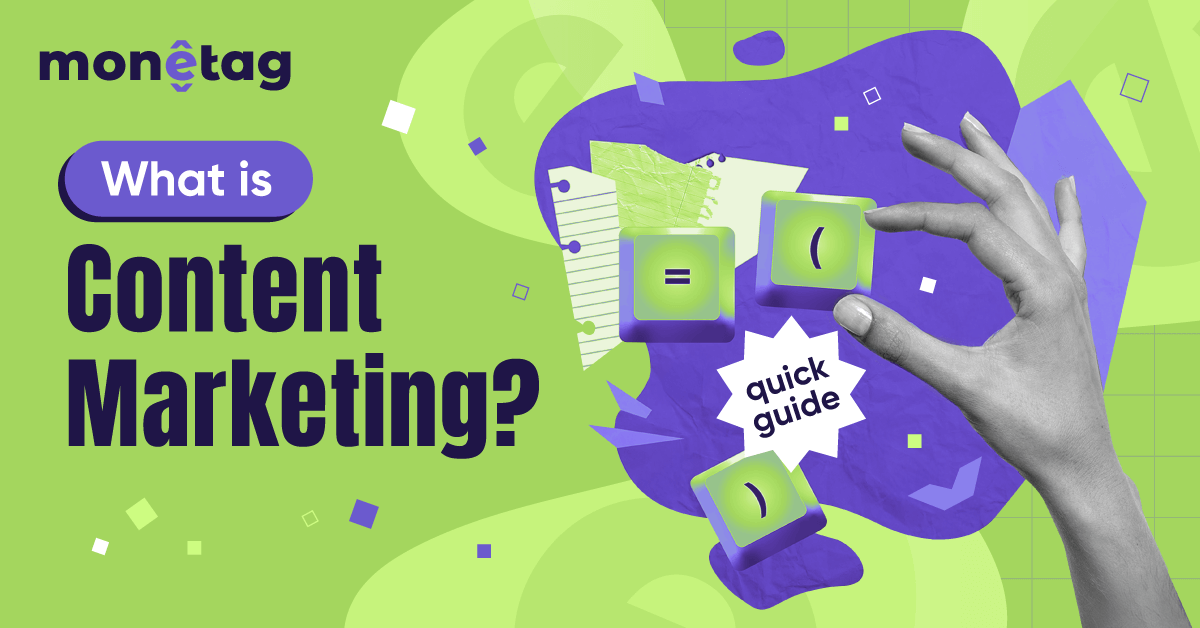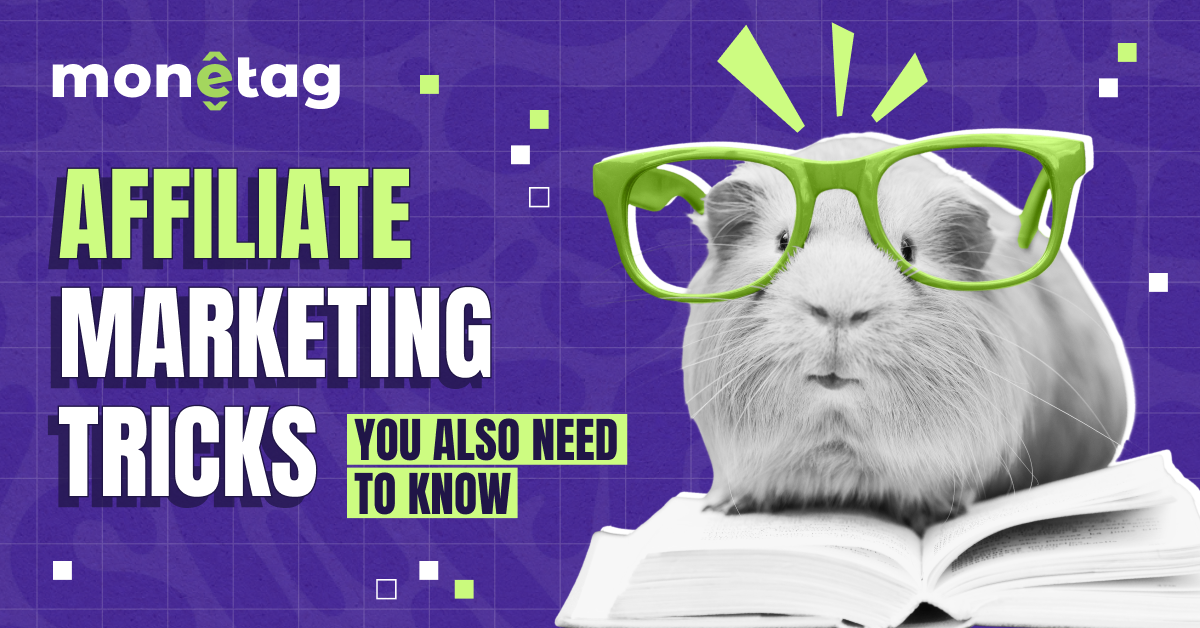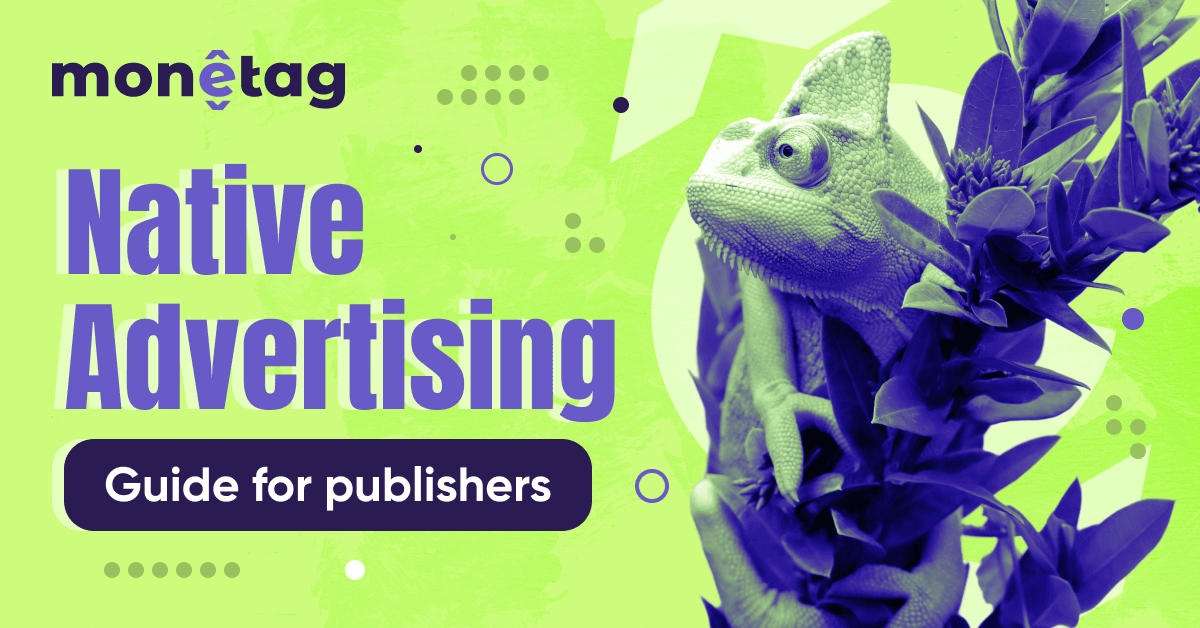A Self-Help Guide to Ad Monetization for Publishers
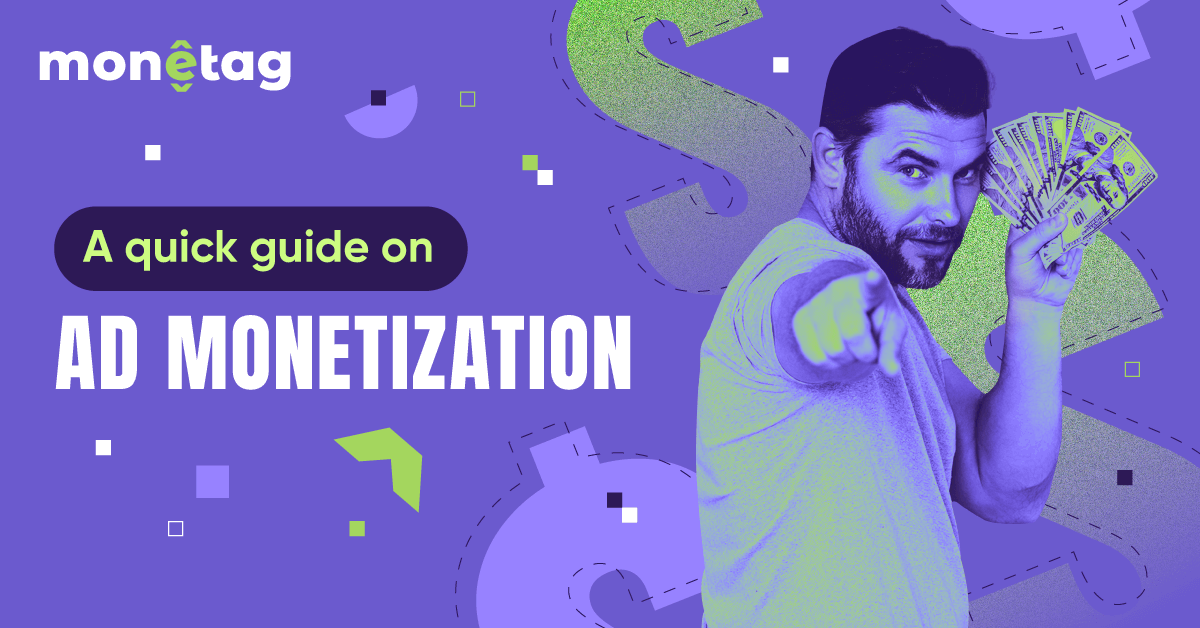
It’s a perfect Monday morning. You pour your coffee and open your website’s analytics dashboard. That’s when you discover that your traffic has doubled overnight. Excitement hits… until you realize your ad earnings didn’t add one cent. You wonder, “How can I turn these page views into real cash without driving away my readers?”
If this scenario sounds familiar, you’re in good company. Today, many publishers struggle with ad monetization. We’ve prepared this guide to walk you through its essentials and share proven tactics to boost your earnings. Without further ado, let’s get started!
What is Ad Monetization?
Ad monetization is simply making money by showing ads on your website, app, or newsletter to your audience. It sounds simple, but crafting the best ad monetization plan requires finesse. If you get it wrong, you risk annoying your readers and losing money.
So, who are the key players involved in ad monetization? There are three main individuals:
- Publishers (that’s you): You provide the valuables, that is, your content and audience.
- Ad networks/platforms (like Monetag): They connect you with the highest-bidding advertisers.
- Advertisers: They pay to gain access to your engaged audience.
What Advertising Formats are Available?
Every winning ad monetization strategy begins with selecting the right mix of ad formats. Let’s explore Monetag’s in-house options alongside industry standards to help you discern the best fit for your site and audience.
Here are Monetag’s major in-house formats:
1. Popunder Ads
This ad type opens a new tab beside the primary window. It offers better viewability and Cost Per Mille (CPM) without interrupting your reader’s journey.
2. Push Notifications
Push notifications are clickable messages that readers receive even when not on your webpage. They re-engage former visitors and increase repeat visits.
3. Vignette Banners
Vignette banners blend seamlessly with your design. They feel less ad-like, boosting your click-through rate (CTR).
4. In-Page Push
These are on-page notifications that mimic push alerts. They are responsive, eye-catching, and don’t distract readers.
5. Interstitial Ads
Interstitial ads are full-screen overlays that readers can skip after a few seconds. They boast high premium impressions and strong CPMs. To minimize frustration, it’s best to place it between sections of content or before video playback.
6. SmartLink (Direct Link)
SmartLink is a dynamic URL that routes users to the most relevant offers. It’s easy to set up, which makes it excellent for social and messenger traffic.
Some of the industry-standard formats include:
1. Banner Ads
Banner ads are digital displays used in promoting your website or brand. When users click them, they direct them to your webpage. They are universally supported and simple to implement.
2. Native Ads
They are sponsored content and in-feed units found on websites offering seamless connectivity and high interaction.
3. Video Ads
Video ads are advertising formats played in the media. They can be pre-roll, mid-roll, rewarded, or outstream. They offer excellent CPMs and high brand impact.
4. Sponsored Content
These are advertiser-funded content, where you get paid to promote a brand or business on your page. However, it’s vital to maintain transparency to preserve trust.
Discover the best affiliate marketing niche for publishers and advertisers here:
Crafting and Optimizing Your Ad Ecosystem
Understanding the various ad formats available is one thing; leveraging them should be the next. However, ad monetization goes beyond slapping banners on your page and hoping for clicks. It’s an ongoing process of adjustments and continuous improvement.
Let’s consider a few ways to ensure your ad monetization strategies operate at their best.
1. Simplify your ads with Monetag Multitag
Looking for an easy way to kick things off? Monetag’s Multitag is a must-try. This single JavaScript snippet intelligently serves the best ad format for each visitor based on mobile device, geolocation, and behavior. The installation process is simple: place the multitag in your site’s <head> and it’s ready to go.
2. Leverage the Best Ad Monetization Practices
Getting warmed up? Good! Now, a high-traffic site like yours shouldn’t just run any ads, but smart ones that won’t compromise your audience’s experience. Here are some best ad monetization practices to ensure maximum revenue.
- Define Your Objectives
Set revenue goals. For example, aim to boost ad income by 25% in six months and keep your site’s bounce rate below 55% so readers stay engaged.
- Map Your Audience’s Journey
Sketch out how visitors move through your site, from their first landing page to where they exit. So, you can identify natural placements where your ads will not feel disruptive to their experience.
- Optimize Site Speed
Compress creatives, lazy-load content, and defer non-critical scripts. This ensures fast page loads and longer visitor retention.
- Balance Ad Frequency
More ad placements don’t necessarily equal more dollars. Stick to 3 to 5 well-situated ad units per page to avoid clutter and retain users’ engagement.
- Leverage Header Bidding
Header bidding implies offering your ad inventory to multiple ad partners and networks. Connecting multiple demand partners can significantly boost your Cost Per Mille (CPM). More competition equals more value by impression.
- Use Adaptive Ads
Allow real-time ad format and size optimization for each user scenario, whether they are browsing via mobile or desktop, first-time readers, or repeat visitors.
- Set a Review Schedule
As earlier mentioned, reviewing your ad monetization strategy is an ongoing process. Here’s how to cultivate a review schedule.
- Weekly: Scan your site’s dashboard for a sudden shift in ad engagement.
- Monthly: Go deeper into key metrics (effective CPM, viewability). Then replace underperforming ads and launch fresh formats.
- Quarterly: Review your overall strategy. Reevaluate your goals, revise your roadmap, and share insights.
- Allocate a Testing Budget
You can set aside a portion of your projected ad revenue for experimentation. These funds can be used to try new formats (interactive ads, Interstitials) to see what resonates best.
- Establish a Feedback Loop
You can introduce on-site surveys to gather honest user feedback. You can also utilize session recordings to see where ads distract or delight readers and adjust accordingly.
Learn more:
3. Optimize Your Ad Performance
Having considered the best ad monetization practices you can try, it’s time to optimize your ad’s performance to ensure it keeps rolling in the funds without disrupting your readers’ experience. Here are some tips to try:
- Smart Refresh: Refresh ads only when in view after a certain period or on user actions like scrolling.
- Geo-Targeting: Adapt floor prices and format based on regional performance. An ad that works well in North America may underperform in other regions with lower bandwidth.
- Device-Specific Setups: Mobile users engage more with in-page push or native formats, while desktops can handle interstitials or pop-ups.
- A/B Testing: Routinely test placement, size, and format variations. Also, swap out creatives and formats every few weeks to keep your pages fresh and retain readers’ interest. Small changes in your ad placement can lead to significant revenue.
4. Avoid Common Errors
Even the best strategies can backfire if you’re not careful. Here are some pitfalls you may face as a publisher and how to avoid them:
- Ad Overload
Pages overcrowded with too many ads slow your site, frustrate readers, and increase bounce rate. So, rather than turning your website into a billboard of ads, carefully stick to a handful of well-placed units.
- Overlooking Viewability
An impression is only valuable if an actual audience sees your ad. Aim to have at least half of your display ad visible for one full second. For video ads, maintain 50% visibility for at least two seconds.
- Set-and-Forget
The ad landscape is constantly evolving. Networks update their algorithms, new formats emerge, and audience behavior changes. So, it’s best to review and optimize your setup to keep it lucrative periodically.
How To Master Ad Placement Selection
Great creatives and formats deserve proper positioning, and that’s where strategic placement comes in. Here’s how to make every slot count:
1. Assign Placements to Goals
If you’re raising brand awareness, utilizing Vignette Banners is best. They’re visible for all to see. For clicks and conversions, in-content native ads or SmartLinks work well. They drive action when readers are most engaged.
2. Use Heatmap Data
Tools such as Hotjar show exactly where readers scroll, click, and linger. Placing your highest-value ads around these spots can increase viewability and CTR.
3. Anchor Spots First
Ads placed around the header section often receive high CPMs. Start your tests there, then work your way down through mid-content and footer positions.
Why Testing and Analysis Matter
Everyone needs regular checkups, and that includes your ad setup. Running tests and analysis ensures your ad ecosystem adapts to user behavior and market shifts. This helps you to:
Pinpoint Problems Early
Heatmaps reveal if your ads overlay important content like your headline or buttons before your readers get annoyed and log out of your sites for good.
Maximize Underutilized Slots
Tracking eCPM (Effective Cost Per Mille) by position shows which placements underperform, so you can swap in fresh variants and boost revenue.
Stay in Tune With Your Audience
Quick on-site surveys or feedback widgets can alert you to fatigue or annoyance before it hurts user retention.
Connect The Dots
Linking your ad data with Google Analytics helps highlight which traffic sources, pages, and user segments drive the most income.
Don’t miss out on the:
Conclusion
Now, your days will be perfect, as you’ll wake up to real revenue reflecting all those page views. The truth is that mastering ad monetization is a never-ending journey. With this guide’s help, you will better understand its essentials, leverage the best ad monetization practices, and develop better strategies.
And with our integrated ad solutions in your corner, you can experience real revenue growth that keeps your readers happy and your wallets fatter. Eager to start? Join Monetag today and start earning more from every pageview.
